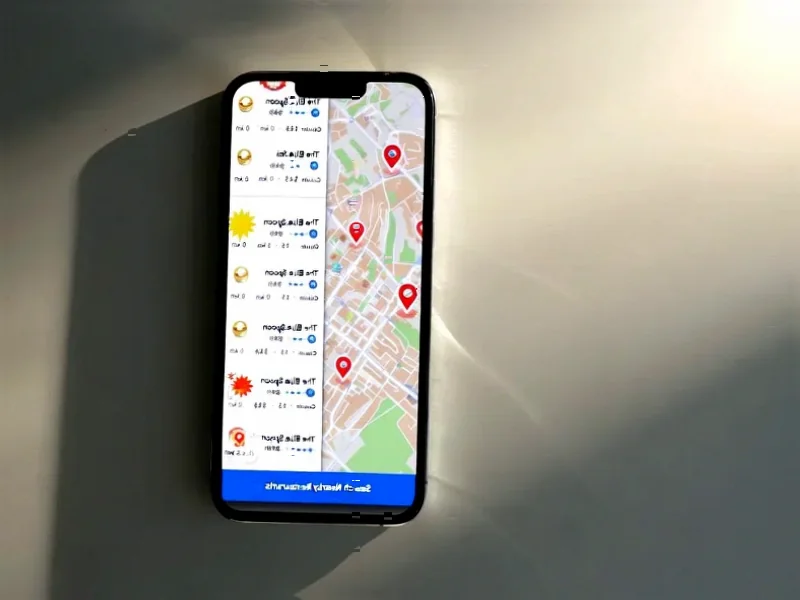According to MacRumors, Apple is introducing new APIs in iOS 26.2 to help developers comply with Texas’s App Store Accountability Act (SB 2420) that takes effect on January 1, 2026. Starting that date, Apple users in Texas will need to confirm whether they’re 18 or older when creating accounts, and parents must provide consent for their children’s App Store downloads and in-app purchases. Apple will share user age ranges with developers using categories like under 13, 13-15, 16-17, and over 18. Developers will need systems for notifying parents about significant app changes and allowing parents to revoke child access to apps at any time. Sandbox testing for these new APIs is now available for developers to prepare for the 2026 deadline.
What developers need to know
Here’s the thing – this isn’t just another minor API update. The Declared Age Range API gives developers age categories rather than specific ages, which is probably Apple‘s way of balancing privacy with compliance. But developers also get information about how that age was verified – whether through credit card, government ID, or other methods. That’s actually pretty useful context when you’re deciding how much trust to place in that age data.
And then there’s the Significant Change API. Basically, developers now have to figure out what constitutes a “significant change” in their apps that would trigger parental consent requirements. Changing age ratings is explicitly called out, but what about major feature updates? New subscription tiers? This is going to require some serious judgment calls from development teams.
The parental control reality
So what does this actually mean for families in Texas? Well, parents get way more granular control than before. They can withdraw consent for specific apps at any time, which immediately blocks that app from launching on their child’s device. That’s more surgical than the current all-or-nothing approach to parental controls.
But here’s my question: How many parents are actually going to use these features consistently? We’ve seen with other parental control systems that initial setup enthusiasm often fades over time. And developers will need to handle those server notifications when consent gets withdrawn – meaning they’ll have to build systems that can immediately disable app access without crashing or creating bad user experiences.
The bigger picture
Look, this Texas law is part of a broader trend of states taking more aggressive stances on tech regulation. Apple’s developer documentation makes it clear they’re treating this as a Texas-specific compliance issue for now, but other states are watching. If this model proves workable, we could see similar requirements popping up elsewhere.
For developers, the compliance burden is real. They’re not just building for Apple’s guidelines anymore – they’re building for state-specific regulations that might conflict across jurisdictions. And with a 2026 deadline, there’s time to prepare, but this is definitely something that needs to be on product roadmaps now rather than later.




